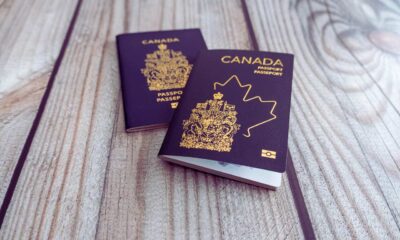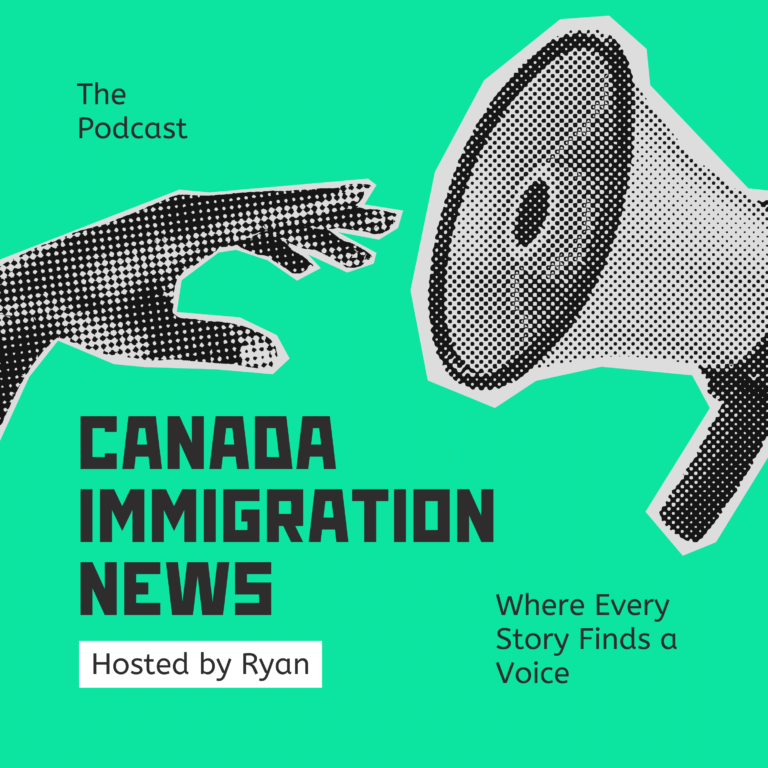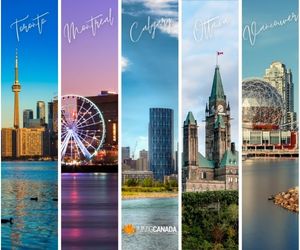Work in Canada
Canada Reaches Cap on Open Work Permit Applications for U.S. H-1B Visas

On July 18, 2023, around 10,000 open work permit application limit was surpassed. As of right now, those with an H-1B visa from the United States may be able to apply to work and live in Canada. The initiative, which aims to increase labor mobility in North America, was unveiled by Canada’s Minister of Immigration, Sean Fraser, on June 27. It might have an effect on thousands of workers in high-tech companies in both Canada and the US, as well as their close relatives.
Any successful applicants will be given an open work permit good for up to three years. They can work for nearly any employer in Canada if they have an open work permit. This also holds true for their partners and dependents, who may get employment or study visas as necessary. The restriction will persist for a year or until the maximum of 10,000 applicants has been achieved, according to IRCC. Note that family members are not included in this cap; it only applies to major applicants.
Qualifications for the open work permit for H-1B visa holders in Canada. You must in order to qualify for Canada’s open work permit for holders of an H-1B visa.
- Currently reside in the United States; and
- Possess a valid H-1B specialty occupation visa.
You’ll Need the Following to Apply For an Open Work Permit
- A copy of your H-1B visa, if applicable.
- Form I-797/I797B, Notice of Action (the document from the US government stating that your H-1B application was accepted);
- Evidence proving you are a resident of the United States, such as a Form I-94, Arrival/Departure Record, a recent utility bill, an income tax return, or another similar document.
IRCC Focuses on STEM Fields of Work in Canada
The inaugural Express Entry draw for candidates with experience in STEM fields was scheduled to take place, according to IRCC’s announcement on June 28. The draw is a component of the category-based selection standards that the Minister made public on May 31. On July 5, IRCC followed through and extended invitations to 500 applicants with STEM job experience, many of whom would also be qualified for the new H-1B open work permit. Those who received invitations had already submitted applications through Express Entry. For persons having work experience in particular vocational domains, there are five new Express Entry categories. For those having a command of the French language, the sixth category is appropriate.
According to the IRCC, inviting applicants through the Express Entry STEM category was a significant step in Canada’s commitment to luring top international talent and maintaining its leadership position in global R&D and innovation.
Canada’s Plan for Luring IT Talent
In addition to creating a new Innovation Stream for the International Mobility Program (IMP) along with the 3-year open work visa for H-1B holders, IRCC is also working on this project. By the end of this year, according to Minister Fraser, the Innovation Stream will be introduced.
The feedback provided by stakeholders over numerous recent consultations is being used to build and inform the stream’s possibilities. There are two possibilities being thought about:
- Five-year employer-specific work permits for employees who will work for businesses that the Canadian government has selected as supporting its mission of industrial innovation
- Open work permits for highly trained individuals in certain in-demand professions for up to five years
The minister also disclosed that the Global Skills Strategy would reinstate the 14-day service requirement for work permits, promote Canada as a destination for digital nomads, and make improvements to the Start-up Visa Program.


























